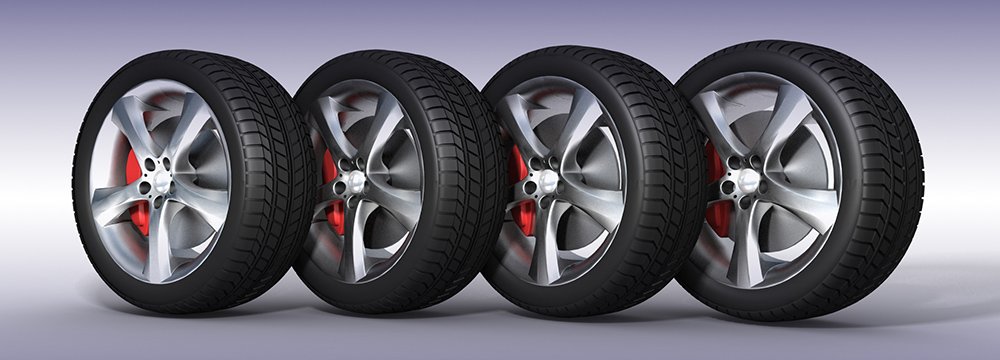Row farming is an agricultural practice in which crops are planted in straight rows or lines, with a specific distance between each row. The rows are typically parallel to each other and are spaced to allow for efficient use of farm machinery and equipment.
The practice of row farming has many benefits, including improved crop yields, easier weed control, and better utilization of land. By planting crops in straight rows, farmers can more effectively manage the spacing between plants, ensuring that each plant has access to the nutrients, sunlight, and water it needs to grow.
Row farming also allows for efficient use of farm machinery, as tractors and other equipment can be easily maneuverer between the rows without damaging the crops. This can help to reduce labour costs and increase overall productivity on the farm.
Common row crops include corn, soybeans, cotton, and vegetables such as tomatoes and peppers. While row farming is a common practice in many parts of the world, some farmers may use alternative planting methods, such as broadcasting or intercropping, depending on the specific needs of their crops and growing conditions.
When it comes to row farming, the ideal tractor tyre will depend on the specific crops being grown, the soil type, and the farming practices used. However, in general, a tractor tyre with a narrow profile and good traction is recommended for row farming.
Narrow tyres help to minimize soil compaction and enable farmers to plant crops closer together, while good traction helps to improve overall productivity by reducing slippage and allowing for more efficient use of farm machinery.
Row Farming in Hindi Belt
Row farming is an important agricultural practice in North India, helping farmers to maximize productivity and profitability while ensuring sustainable use of land and resources. With its fertile soil and favourable growing conditions, the region will continue to be an important contributor to India’s agricultural sector in the years to come.
Row Farming in Punjab
In Punjab, row farming is widely used for the cultivation of crops such as wheat and rice. Farmers typically use narrow-profile tractor tyres to minimize soil compaction and enable closer planting of crops, which can help to increase overall yield and productivity.
Row Farming in Karnataka
Row farming is a popular agricultural practice in Karnataka, a state located in the southwest region of India. The state is known for its diverse agricultural landscape, ranging from fertile coastal plains to hilly regions and dry arid lands. As a result, row farming practices vary widely depending on the specific crop and growing conditions.
Row Farming in Gujarat
In the coastal regions of Gujarat, row farming is commonly used for the cultivation of crops such as rice, coconut, and banana. Farmers in these regions often use narrow-profile tractor tyres to minimize soil compaction and enable closer planting of crops.
Apollo FX222 Tractor Tyre for Row Farming
The Apollo FX515 tractor tyre is a high-quality tyre that can be used for row farming. With its optimized tread design and sturdy construction, the Apollo FX515 provides excellent traction and stability on a variety of terrains, making it an ideal choice for row crop farming.
The narrow-profile design of the Apollo FX515 also helps to minimize soil compaction and enable closer planting of crops, which can help to increase overall yield and productivity. In addition, the tire’s durable construction helps to ensure a long service life, reducing the need for frequent replacement and lowering operating costs.




